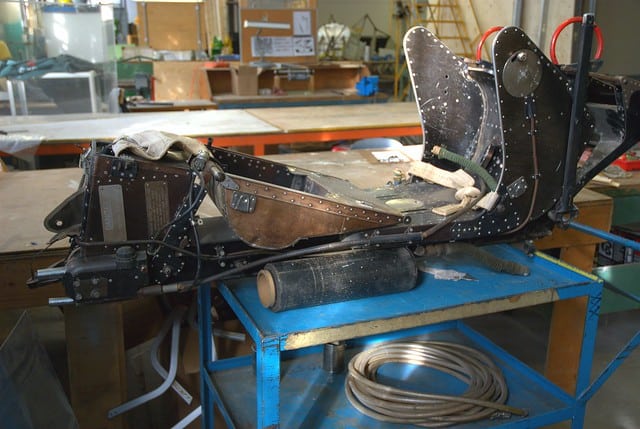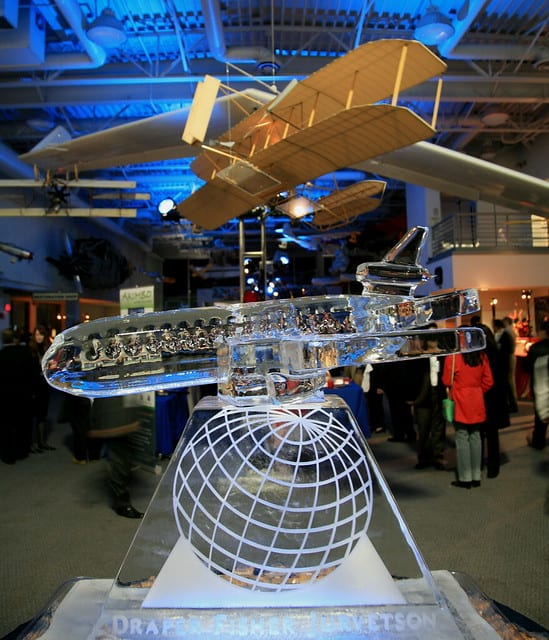The aerospace industry requires reliable welding technology to advance. As an aerospace engineer, you are well aware of how precise welding duties are. Whether you work on commercial aircraft, military planes or space vehicles, your work is highly valued to make flying better. Moreover, the technologies that you use to conduct your everyday tasks are highly prized as well. In order to boost your performance, you need to utilize the latest technologies. Read on to discover the new welding technology trends for aerospace engineering.
Arc Welding
One of the most valuable welding technology trends in aerospace engineering is arc welding. Engineers use arc welding to build strong joints. This type of welding comes in various forms. Such forms include metal inert gas (MIG) welding and tungsten inert gas (TIG) welding. In addition to these two types of arc welding, engineers also deal with plasma arc welding. The latest technologies have improved engineers’ ability to build airframe structures. Moreover, new submerged arc welding technologies also promote advanced fabricated external space shuttle tanks. Since these results prove very advantageous for multiple types of aircrafts, this welding technology trend is worth following.
Laser Beam Welding
You should also follow the welding technology trend of laser beam welding. New laser beam welding techniques use lower heat inputs than arc welding tactics. Moreover, laser beam welding establishes high aspect ratio welds. The latest technology produces highly flexible functions as well. Engineers achieved this flexibility through out of vacuum fibre-optic delivery. This delivery consists of near-infra-red solid-state laser beams. This trend is expected to rise with the onset of the commercial space travel industry. Since laser beam welding could be used for spacecrafts, we could expect to see more of this procedure in the coming years. If your work includes producing metallic aerospace components, apply this welding technology to your strategies.
Friction Welding
Friction welding is another type of welding technology that has advanced the industry. The industry made their processes greener through this technology. Since numerous industries work to create greener processes, this is a major technological feat. Engineers who utilize the newest friction welding technologies decrease their carbon footprints. Furthermore, they decrease carbon footprints throughout the supply chain. With this technology, engineers need less material and energy. In turn, they reduce the amounts of objectionable smoke, fumes and gases produced. If you want to use environmentally friendly machines, implement new friction welding technology.
Automation Technology
 Another welding technology advancing the aerospace industry is automation technology. According to Red-D-Arc, the largest provider of welding and welding related rental products and services in North America, “You can increase productivity by making your welding processes faster and easier. Welding positioners, manipulators, turning rolls and other weld automation products are available for welder rental, lease and sale.” Automation expedites processes within any industry, making it a valuable tool. This tool also expedites aerospace engineers’ tasks. You can complete tasks much more efficiently with automation technology. These tools can even complete certain tasks for you. Then, you can spend more time conducting other jobs. To boost your productivity, use automation technology in your welding work.
Another welding technology advancing the aerospace industry is automation technology. According to Red-D-Arc, the largest provider of welding and welding related rental products and services in North America, “You can increase productivity by making your welding processes faster and easier. Welding positioners, manipulators, turning rolls and other weld automation products are available for welder rental, lease and sale.” Automation expedites processes within any industry, making it a valuable tool. This tool also expedites aerospace engineers’ tasks. You can complete tasks much more efficiently with automation technology. These tools can even complete certain tasks for you. Then, you can spend more time conducting other jobs. To boost your productivity, use automation technology in your welding work.
Welding Intelligence Tools
Furthermore, aerospace engineers need welding intelligence tools to progress in the industry. This welding technology assists engineers in discovering potential problems within their welding processes. If you wait until the process is completed to locate a problem, you will have to redo the process all over again. This wastes a decent amount of time, possibly setting your team back. To stick to your schedule, use welding intelligence tools that can detect missed or defective welds. By using a weld defects detection system, you could save time and valuable resources. With these tools, you can fix problems before they create more. Hence, this welding technology promotes more efficient aerospace welding tactics.
In order to succeed in the aerospace industry, engineers need to apply the latest welding technologies. Look into the newest arc welding tools that build better airframe structures. Laser beam welding technology advances engineers who work with metallic aerospace components. Friction welding reduces your carbon footprint by using less material and energy. If you want to expedite your welding tasks, use automation technology. With the right set of automation tools, you can complete almost any job in the industry. In addition to these technologies, consider implementing welding intelligence tools to identify issues before they lead to much larger problems. When appropriate, apply these new welding technology trends to advance your aerospace engineering processes in the future.

